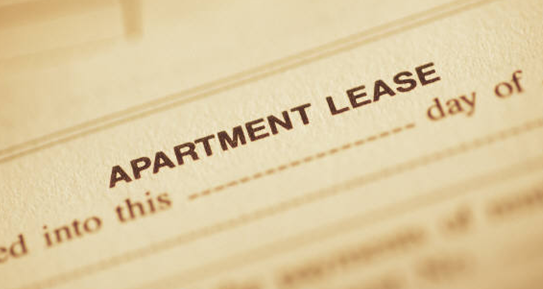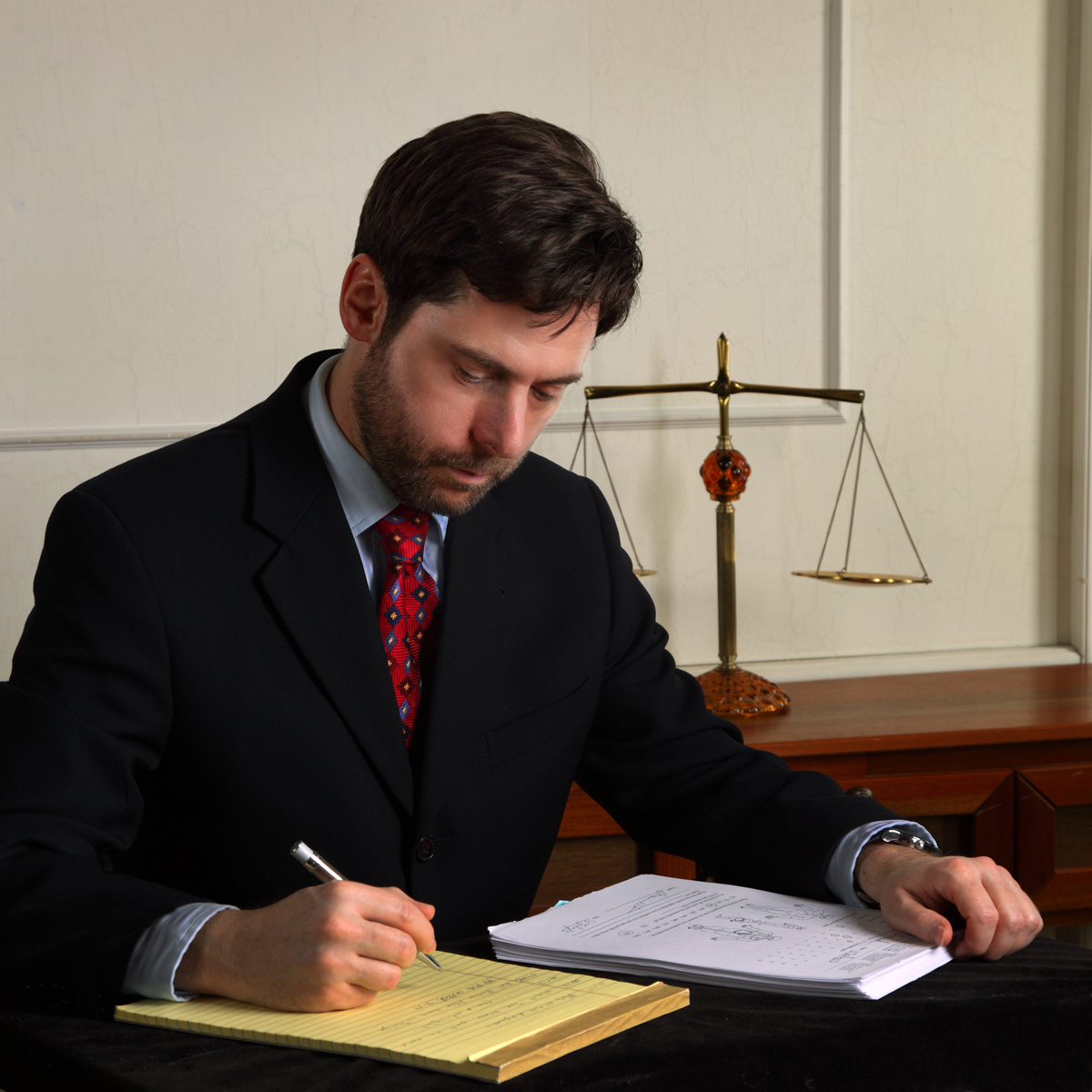
Landlords may be liable for personal injury if they fail to maintain safe common areas such as common stairs, common walkways and hallways, cabanas and clubhouses, pools, and playgrounds.
Residential landlords are obligated to keep rental units safe under the warranty of habitability. The warranty of habitability imposes upon landlords a duty to keep the premises in reasonably safe condition. The warranty of habitability requires the landlord abide by laws and building codes that keep the rental safe; maintain structural components including roofs, floors, walls, chimneys, fireplaces, foundations; keep any shared or common areas reasonably safe from defects increasing the hazards of fire or accident; maintain all electrical, plumbing, heating systems; and equip the rental unit with a smoke detector, among other duties.
Landlords may also be liable if the lease contract requires the landlord to maintain a component of the property, the landlord fails to do so, and this failure results in injury.
Pocket Brief on Landlord Liability for Personal Injury
“The case law is quite confusing in this area.” This is the conclusion of the Washington Supreme Court Committee on Jury Instructions in the official comments in the Washington Pattern Jury Instructions.[1] Information on this website is never a substitute for legal advice, and in an area of law that is unsettled and evolving it is particularly wise to consult with a lawyer about your circumstances. Nevertheless, you may find this short summary on the law of landlord liability for personal injury informative.
Landlord liability for personal injury may be based on 1) common law, 2) the warranty of habitability, or 3) breach of the rental agreement.
Common law.
A landlord has a duty to use ordinary care to keep common areas (common stairs, common hallways, playgrounds, etc.) in a reasonably safe condition. This duty applies to both residential and commercial rental properties.[2]
A landlord is liable for injury caused by an open and obvious dangerous condition if the landlord should anticipate that the tenant (or a guest of the tenant), will make use of the common area in spite of such open and obvious condition.[3]
The duty to keep common areas safe includes removal of snow and ice.[4]
The warranty of habitability.
There is an implied warranty of habitability in all residential tenancies.[5] Breach of the warranty of habitability can be the basis for liability for personal injury if the condition makes the rental property unsafe.[6]
Breach of statues or building codes is evidence of negligence, but if related to electrical fire safety or the use of smoke alarms is negligence per se (as opposed to mere evidence of negligence).[7]
Breach of the rental agreement.
The landlord may be liable for personal injury based on breach of contract if (a) the landlord has contracted to keep the rental unit in repair; (b) the disrepair creates an unreasonable risk that if the landlord had followed the rental agreement would have been prevented; and (c) the landlord fails to exercise reasonable care in performing the lease contract.[8]
Residential Landlord-Tenant Act.
Breaches of the Residential Landlord-Tenant Act may be a legal basis for landlord liability for injuries to tenants. [9]
____________

Travis Scott Eller has decades of experience in both personal injury and landlord-tenant law. He has lectured on landlord-tenant law at continuing legal education and industry seminars many times. He had tried landlord-tenant law related cases and successfully argued them in the Court of Appeals.
If you have been injured on a rental property contact our office for a free personal injury case evaluation.

National Institute for Trial Advocacy
206-801-1188
$3.5M Personal Injury Verdict Against Landlord Upheld
A woman went to a birthday party with her boyfriend and two other friends. She had a lot to drink. After the party the group went to the boyfriend’s apartment complex. The boyfriend and one friend went to a convenience store. While they were away, the other friend remained outside the apartment to smoke while […]
Continue readingTenant Injury on Stairs
Injuries on stairs are common, including in rental properties. Whether the landlord is responsible for the injury will depend on several factors. Landlords must keep common areas in a reasonably safe condition for tenants and their guests. If the stairs are in a common area the landlord may be liable for a failure to keep […]
Continue readingLandlord Responsibility for Injuries to Guests
Sometimes a tenant’s guests are injured because of a dangerous condition in the rental property. Whether the landlord is legally responsible for injuries to a tenant’s guests depends on various factors including whether the property is commercial or residential, whether the injury occurred in a common area, whether the lease contract requires repairs, whether the […]
Continue readingAssault Victim Sues Apartment
This article discusses a Court of Appeals opinion our firm did not participate in. Gilberto was walking home one night when he noticed two men following him. They assaulted Gilberto in a poorly lit area of the apartment complex in which he lived. Gilberto sued the apartment complex. He alleged that the apartment was aware […]
Continue readingChild Burned by Radiator in Apartment
Renato and Joleen lived with their two small children in an apartment. One day when Joleen was alone with the kids Joleen heard one child screaming. She was in the bathroom, and could not see the kids. At first she assumed it was horseplay. When the screaming continued Joleen went to investigate. Joleen discovered her […]
Continue readingSuing John Doe
A tenant filed a personal injury lawsuit against his landlords one day before the statute of limitations was to run. The complaint named the landlord and “John Does 1-20,” but did not name the owners of the property, or describe facts that would make it clear the tenant intended to name the owner as well […]
Continue readingAnother Brick in the Fall
A tenant noticed that a stone above the fireplace mantel was loose and about to fall. She was alarmed that it might fall and injure a child playing nearby. She tried to hold it, but it fell and injured her shoulder. She sued her landlord for personal injury.
Continue reading[1] WPI 130.06. While admittedly the comment was directed to a narrower legal point, it applies just as well to the topic of landlord tort liability as a whole.
[2] RCW 59.18.060(3). Cherberg v. Peoples Nat. Bank, 88 Wn.2d 595, 564 P.2d 1137 (1977).
[3] Curtis v. Lein, 169 Wn.2d 884, 239 P.3d 1078 (2010) (regarding a tenant's use of a dock); Tincani v. Inland Empire Zoological Soc'y, 124 Wn.2d 121, 139, 875 P.2d 621 (1994).
[4] Geise v. Lee, 84 Wn.2d 866, 529 P.2d 1054 (1975).
[5] Foisy v. Wyman, 83 Wn.2d 22, 515 P.2d 160 (1973); RCW 59.18.060.
[6] Lian v. Stalick, 115 Wn.App. 590, 62 P.3d 933 (2003).
[7] RCW 5.40.050.
[8] Tucker v. Hayford, 118 Wn.App. 246 at 251, 75 P.3d 980 (Div. 3 2003).
[9] Martini v. Post, 178 Wn.App. 153, 167, 383 P.3d 473 (2013); Tucker v. Hayford, 118 Wn.App. 246, 75 P.3d 980 (2003); Lian v. Stalick, 106 Wn.App. 811, 25 P.3d 467 (2001).